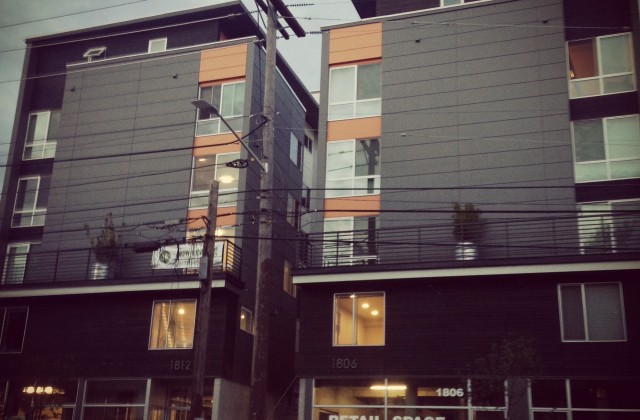More Housing Means More Diversity
The idea that increasing housing supply creates more housing opportunity and positively affects price is one that many of us accept as axiomatic – if we make more housing people have more choices and prices will stabilize or fall.
But how does increased housing supply and availability impact ethnic diversity?We’ve already seen evidence that growth in Seattle is making us a more diverse city. A recent study published by the American Sociological Society, Neighborhood Diversity, Metropolitan Constraints, and Household Migration looks in depth at patterns of movement within cities. The study points out something called the “housing availability perspective.”
A central tenet of the housing availability perspective is that the composition of the metropolitan-area population and characteristics of the local housing stock shape patterns of inter-neighborhood migration and resulting aggregate population patterns. For example, by increasing residential opportunities in general, and especially after the implementation of fair-housing legislation, a large supply of new housing in a metropolitan area is presumed to increase mobility and facilitate the movement of black and white households into diverse neighborhoods (Crowder and South 2005; Farley and Frey 1994; Logan et al. 2004).
Some people will still insist that building more housing will simply increase price. It’s almost as if opponents of the idea that supply and demand applies to housing think they have to deny supply and demand in order to keep their worries about growth. That just isn’t true. One can trust the data and science and still wonder about how we grow.
But based on the housing availability perspective hold that if we build more we not only impact prices positively, which creates obvious economic mobility, but we can also promote and support more integrated neighborhoods. That means we can have neighborhoods with a mix of people from a variety of economic and racial backgrounds. We can achieve diversity and integration by building more housing of all types, in all neighborhoods, at all price points, including subsidized housing without mandates for racial profile (see Puget Sound Sage) or inclusionary zoning.
It just makes sense; the more we close off housing options with rules, regulations, taxes, and fees to make people who live here already comfortable, we’re ensuring higher prices and less diversity.
Thanks to David Moser for sharing the study on City Builders.


